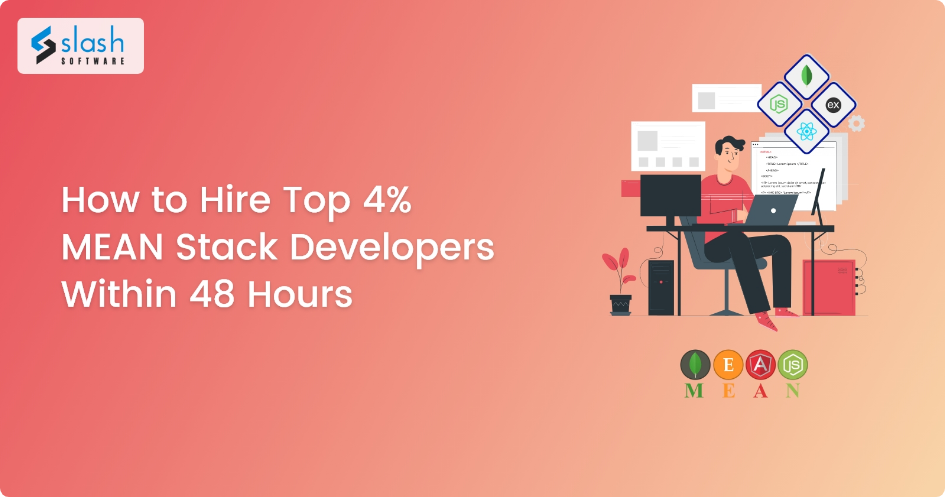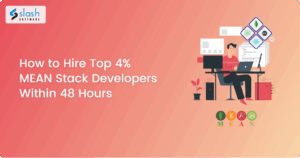Understand user intent in multiple languages.
Maintain context through multi-turn conversations.
Deliver personalized experiences for global users.
Improve accessibility for diverse audiences.
Published on July 25, 2025
Choosing between iOS and Android development remains critical in 2025. Your platform decision impacts cost, user reach, monetization strategy, time to market, and long-term scalability.
Global Market Share
Android dominates the global smartphone market with approximately 70–72% share, while iOS holds around 28–29% :contentReference[oaicite:1]{index=1}.
In regions like Asia, Africa, and Latin America, Android adoption exceeds 80%, driven by low-cost devices. iOS leads in affluent markets such as the U.S., Western Europe, and Japan, where it holds 55–60% share :contentReference[oaicite:2]{index=2}.
Revenue & Monetization
Though Android has a larger user base, iOS generates significantly higher app revenue. In 2025, iOS app spending is projected at $270 billion, compared to approximately $47‑48 billion on Android :contentReference[oaicite:3]{index=3}.
iOS users typically spend more per download (~$12.77 vs ~$6.19 on Android), making the App Store ideal for premium, paid, or subscription-based apps :contentReference[oaicite:4]{index=4}.
Development Time & Complexity
iOS offers faster development with Swift and SwiftUI, a controlled device ecosystem, and shorter QA cycles. Android development requires more time due to device fragmentation, multiple form factors, and diverse OS versions :contentReference[oaicite:5]{index=5}.
User Experience & Ecosystem
iOS delivers consistency and polish across devices, thanks to Apple’s more centralized hardware and software control. Features like Continuity, Universal Control, and deep integration across devices provide seamless user experience :contentReference[oaicite:6]{index=6}.
Android excels in customization, offers broader hardware variety, and supports cutting-edge innovations such as foldables and high-refresh displays—but at the cost of potential inconsistencies :contentReference[oaicite:7]{index=7}.
App Store Review Process
Apple’s App Store approval is stricter and may take up to a week, ensuring high quality. Google Play’s review is generally faster (anywhere from a few hours to two days), allowing quicker iteration :contentReference[oaicite:8]{index=8}.
Platform Trends & Versions
iOS 18 is now dominant, installed on over 88% of devices by June 2025. Android 16 was released in June 2025, offering new APIs and improved large-screen support with a modern SDK rollout strategy :contentReference[oaicite:9]{index=9}.
Key Considerations by Scenario
- Targeting premium users in U.S./Europe?: Start with iOS to benefit from higher spending and brand loyalty.
- Need global reach and affordability?: Android offers wider scale across emerging markets.
- Faster to market & lower QA overhead?: iOS development pipelines tend to be quicker.
- Monetization via ads or freemium?: Android’s vast user base makes ad-supported models viable.
- Rich ecosystem integration (wearables, cross-device features)?: iOS provides seamless Apple-wide synergy.
Challenges & Trade-Offs
Android’s fragmentation means greater QA and support overhead. New apps often launch on iOS first, with delayed Android releases :contentReference[oaicite:10]{index=10}.
iOS developer program costs $99/year, while Android’s registration is $25 one-time fee—but Android testing can be more complex due to hardware diversity :contentReference[oaicite:11]{index=11}.
Conclusion
In 2025, choose iOS if your priority is revenue per user, ecosystem integration, and faster launch cycles—especially in premium markets. Opt for Android if your goal is broad global reach, ad-based or freemium monetization, and flexibility across devices. Ultimately, align your platform decision with your target audience, monetization model, and timeline.
Author: Your Company or Name




